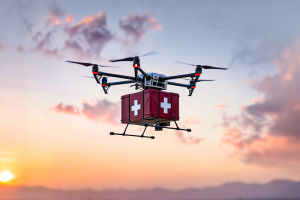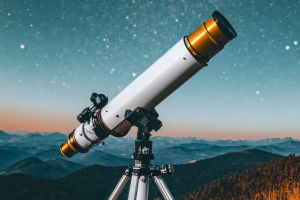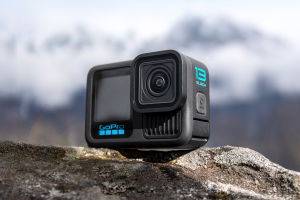Just a glance at the Moon can spark big dreams and endless curiosity. Its glowing light, mysterious surface, and quiet presence in the night sky make us wonder what it would be like to actually go there.
Today, we’re taking you on a journey through some of the greatest Moon missions ever—especially the first time we reached its hidden far side. Get ready, because this adventure is going to blow your mind!
How it all began: Watching from afar
Before we ever reached the Moon, we could only look at it from Earth. For centuries, people used their eyes, and later telescopes, to study the Moon. One big leap happened in 1609 when Galileo Galilei built his own telescope and was the first to observe the Moon’s mountains and craters in detail. It was a turning point—we realized that the Moon wasn’t just a glowing ball in the sky. It had a surface we could explore.
The first touch: Moon 2 crash in 1959
The first real physical exploration of the Moon didn’t happen until 1959. That’s when Luna 2 (Moon 2) was launched, becoming the first human-made object to touch the Moon. It crash-landed, but it marked the beginning of a new era. No longer were we just looking up—we were starting to reach out.
When humans walked on the Moon
Fast forward to 1969. That year, the United States' Apollo 11 mission made history. For the first time, humans landed on the Moon. Two astronauts walked its surface, placed scientific equipment, and collected samples. Over the next few years, the Apollo program completed six successful manned landings. We didn’t just visit—we studied, learned, and brought back valuable materials.
Reaching where no one had gone: The Moon’s far side
For a long time, only the Moon’s near side—what we see from Earth—was explored. The far side, always facing away from us, remained a mystery. That changed in early 2019, when China’s Chang’e 4 spacecraft made a huge breakthrough. It became the first mission to land on the Moon’s far side, opening a brand-new chapter in space exploration.
The magic of Chang’e 4 and the Yutu-2 rover
Chang’e 4 didn’t just land—it also carried a rover called Yutu-2 (Jade Rabbit 2). This little vehicle was the first to travel across the Moon’s far side. It helped scientists study the surface, collect data, and test how communication works on that hidden half of the Moon. Thanks to this mission, we now understand more about the Moon’s history and its hidden secrets.
Why the Moon still matters today
You might wonder—why are we still so obsessed with the Moon? Well, it’s not just about planting flags or collecting rocks. The Moon could help us understand how Earth formed, how the solar system works, and even support future space missions. Some scientists believe we could one day build a base on the Moon to launch deeper space journeys.
When should we look up next?
Now that we’ve reached the far side, space agencies around the world are planning new Moon missions. They want to build better landers, send more robots, and maybe even send people back in the coming years. We’re just getting started!
Let’s Keep Reaching for the Stars!
Lykkers, exploring the Moon shows what we can do when we dream big and work together. From telescopes in the 1600s to rovers on the far side in 2019, our journey has been nothing short of amazing. So next time you look up at the Moon, remember—you’re looking at a place we’ve touched, studied, and are still discovering.
Got any questions or dreams about space? Let’s chat about it! Drop us your thoughts—we’re always excited to explore the universe with you.


